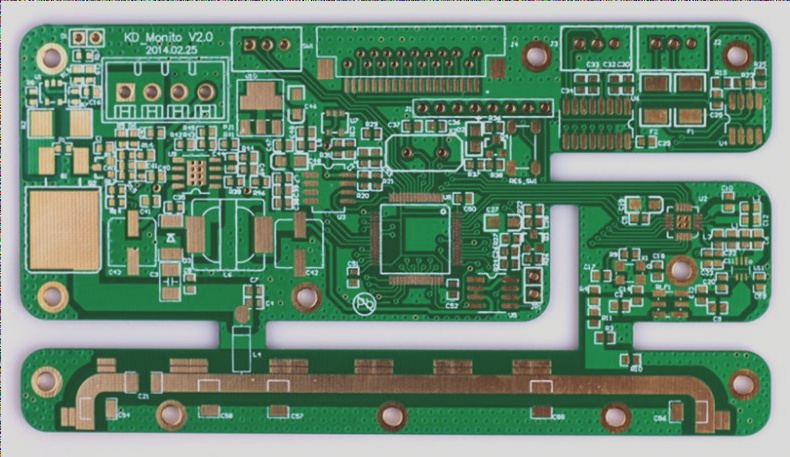With the rapid development of electronic products, PCB printing has been expanded from single-layer to double-layer and high-precision multi-layer boards. Therefore, the circuit board hole processing requirements are becoming more demanding, with smaller apertures and hole spacing. It is understood that epoxy resin matrix composites are now commonly used in plate factories. The hole size is defined as small holes with a diameter of less than 0.6mm and micro-holes with a diameter of less than 0.3mm. Today I will introduce the micro-hole processing method: mechanical drilling.
In order to ensure high processing efficiency and hole quality while reducing the proportion of defective products, it’s important to consider two factors during mechanical drilling: axial force and cutting torque, which can directly or indirectly affect the quality of the hole. The axial force and torque increase with the feed and the thickness of the cutting layer, which in turn increases the cutting speed and the number of cutting fibers per unit time, leading to rapid tool wear. Therefore, operators need to be familiar with the equipment’s performance and replace the drill tool in a timely manner, especially for processing tiny holes which are more expensive.
When considering the axial force, the static component FS affects the broadside cutting, while the dynamic component FD mainly affects the cutting of the main cutting edge. The dynamic component FD has a greater impact on the surface roughness than the static component FS. Typically, when the diameter of a precast hole is less than 0.4mm, the static component FS decreases sharply with the increase of the aperture, while the dynamic component FD decreases in a relatively flat trend.
The wear of the PCB bit is related to cutting speed, feed rate, and slot size. The ratio of the bit radius to fiberglass width has a great influence on tool life. In practice, a 0.3mm drill tool can drill 3000 holes. In order to prevent problems such as stratification, hole wall damage, dirt, and burring, a 2.5mm thickness of the pad can be placed below the first layering, with the copper-clad plate on top and the aluminum sheet on top of the copper-clad plate to protect the board from chafing, provide good heat dissipation, and prevent hole deviation.
To reduce burrs, vibration drilling technology and carbide bit drilling can be used, with adjustments made for tool size and structure.
In order to ensure high processing efficiency and hole quality while reducing the proportion of defective products, it’s important to consider two factors during mechanical drilling: axial force and cutting torque, which can directly or indirectly affect the quality of the hole. The axial force and torque increase with the feed and the thickness of the cutting layer, which in turn increases the cutting speed and the number of cutting fibers per unit time, leading to rapid tool wear. Therefore, operators need to be familiar with the equipment’s performance and replace the drill tool in a timely manner, especially for processing tiny holes which are more expensive.
When considering the axial force, the static component FS affects the broadside cutting, while the dynamic component FD mainly affects the cutting of the main cutting edge. The dynamic component FD has a greater impact on the surface roughness than the static component FS. Typically, when the diameter of a precast hole is less than 0.4mm, the static component FS decreases sharply with the increase of the aperture, while the dynamic component FD decreases in a relatively flat trend.
The wear of the PCB bit is related to cutting speed, feed rate, and slot size. The ratio of the bit radius to fiberglass width has a great influence on tool life. In practice, a 0.3mm drill tool can drill 3000 holes. In order to prevent problems such as stratification, hole wall damage, dirt, and burring, a 2.5mm thickness of the pad can be placed below the first layering, with the copper-clad plate on top and the aluminum sheet on top of the copper-clad plate to protect the board from chafing, provide good heat dissipation, and prevent hole deviation.
To reduce burrs, vibration drilling technology and carbide bit drilling can be used, with adjustments made for tool size and structure.




